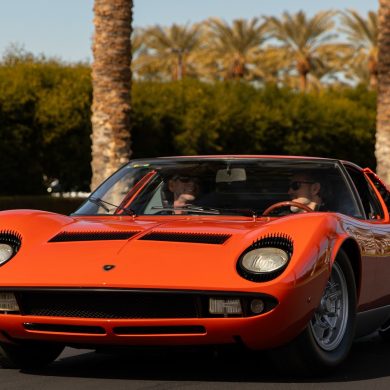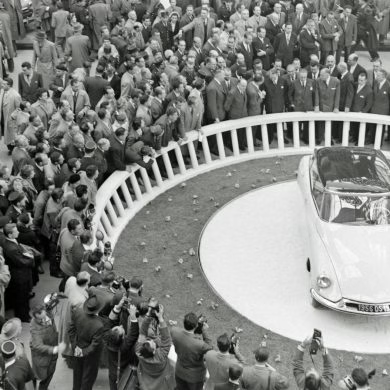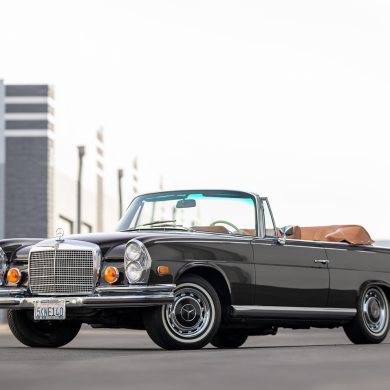TopSpeed Retro Car Sunday - Chapter : BMW M1
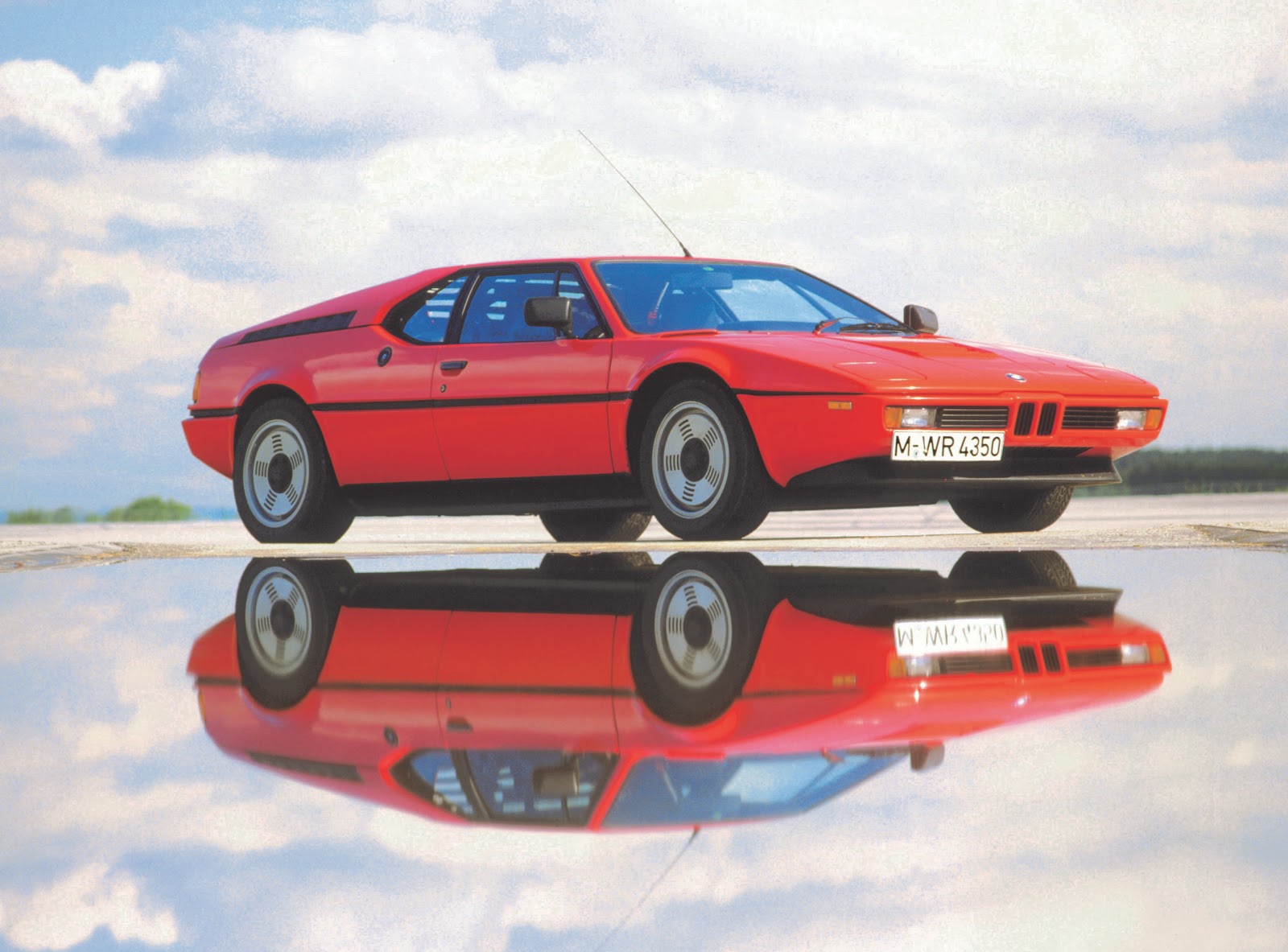
In the late 1970s, BMW had begun discussions with Lamborghini to build a homologated version of a racing car, in sufficient numbers to enable the original, racing version to take part in races.
Although the two manufacturers did not come to an agreement, BMW decided to take over the production of this car, which it sold to the public under the brand name M1, between 1978 and 1981.
The M1, is the first ever BMW centre-engine (the second being the i8), yet it never, perhaps, got the attention it deserved.
The participation in Group 5 that never came and the Italian touch, in the evolution of M1
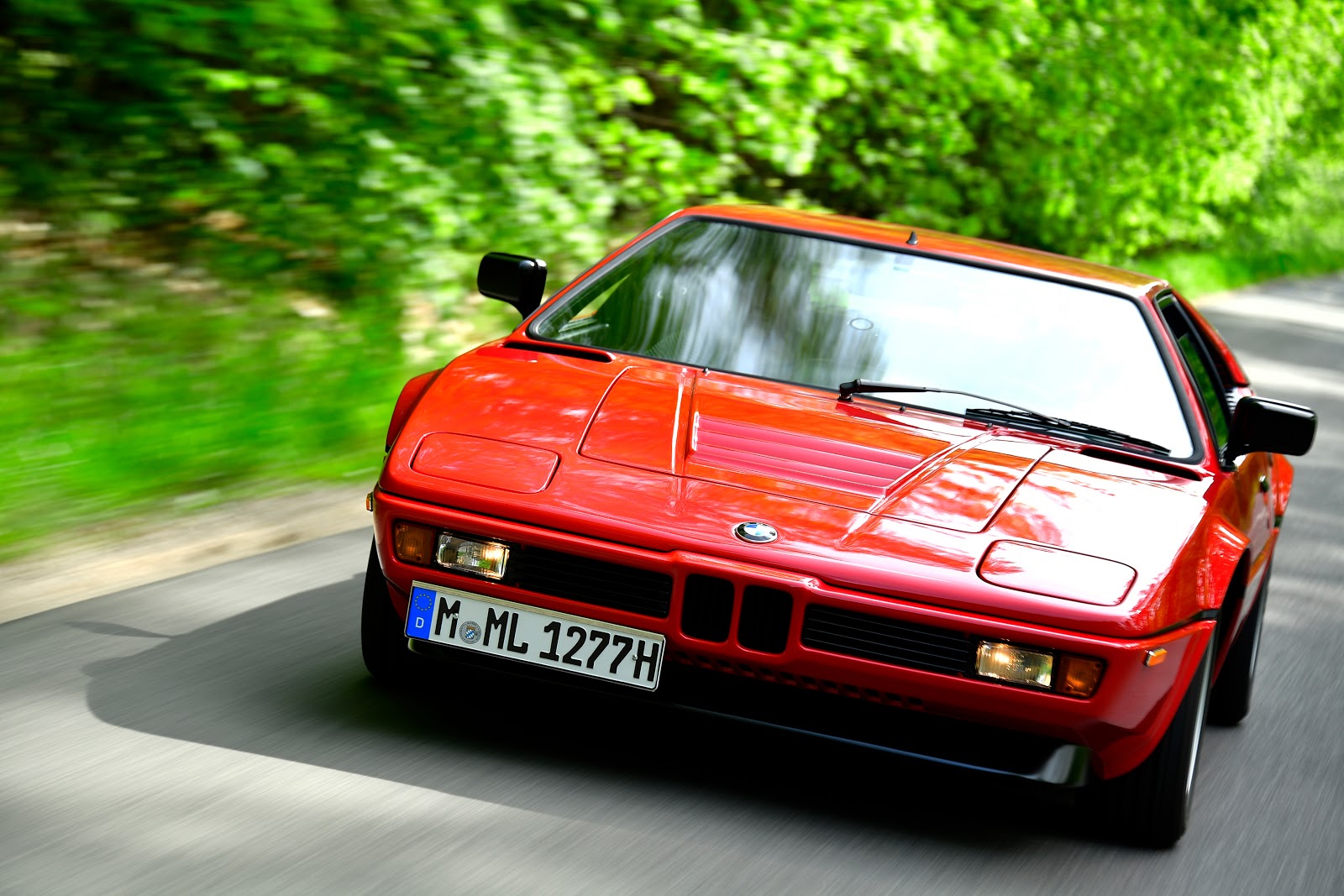
The person in charge of the BMW Motorsport Division, Jochen Neerpasch, wanted to develop a race car to compete in the Group 5 class against Porsche. And so, the process of creating and developing the M1 began.
Ο Neerpasch, was adamant that the engine should be placed in the center, in order for the M1 to be more competitive than cars from other manufacturers, especially the 911. However, with BMW seeing that it is not able to manage to build 400 road cars in the time frame set by the FIA, it is working with Lamborghini to develop the car itself sooner and start building the prototypes for the necessary tests, and the road cars, in order to produce the coveted M1 Nr 400 in time.
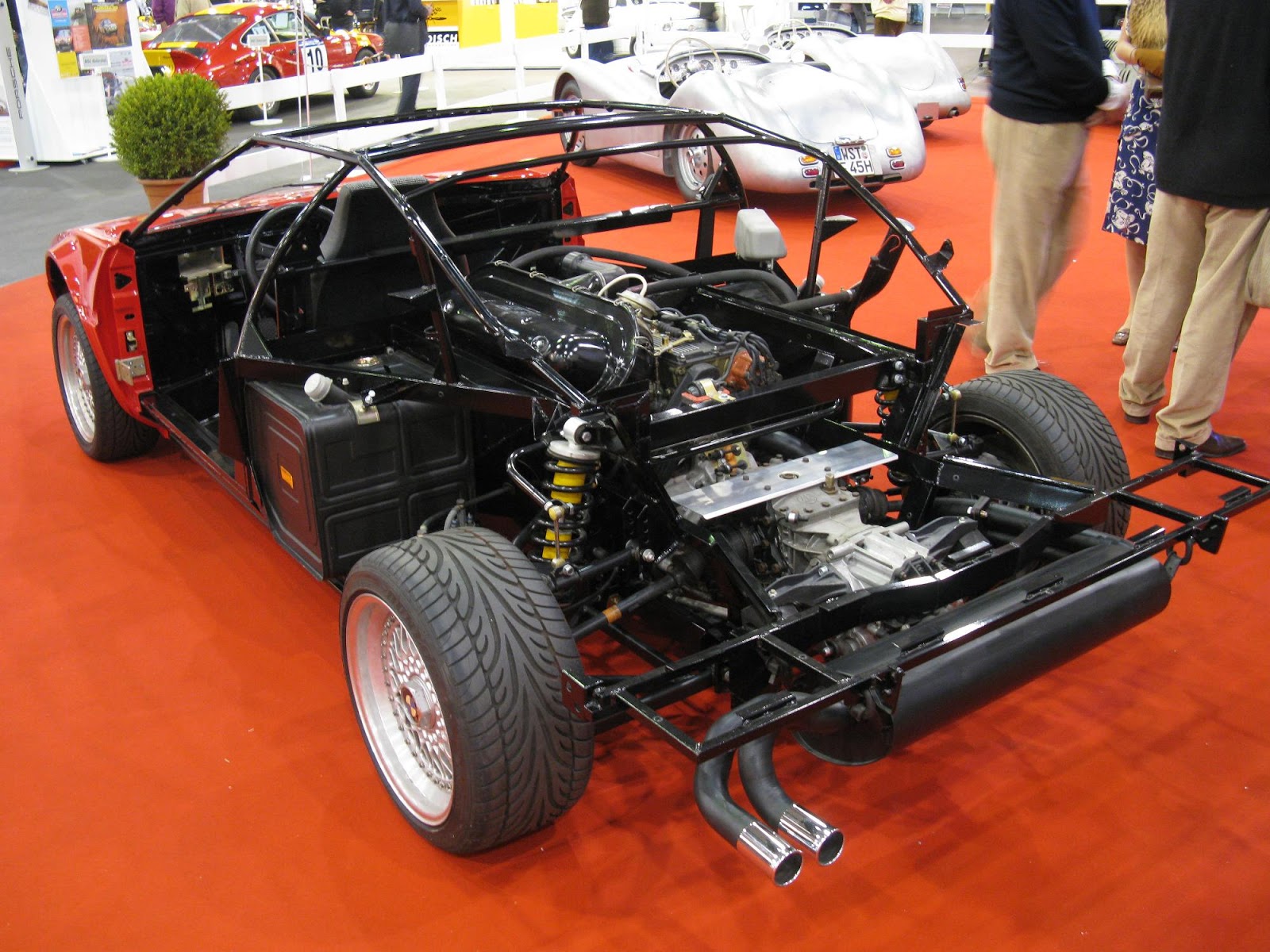
Its tubular, space frame tubular, frame was designed by Gianpaolo Dallara. Lamborghini's dire financial situation, however, forced BMW to abandon the partnership in April 1978, with 7 prototypes having been built. The FIA, having made some changes to the rules on the conditions to be met by Group 5 cars, forced BMW to enter the Group 4 category.
BMW, for its part, continued to build the M1, entirely by hand, from 1978 and sold the M1 as a homologation race car. Its bodywork is made of fibreglass in order to minimise weight as much as possible. The design was undertaken by the Italian, Giorgetto Giugiaro, inspired by the 1972 "Turbo Concept".
Since the mechanical design of the M1 was left incomplete, a group of engineers who left Lamborghini and founded their own company, Italengineering, were offered to complete the design of the M1. So, the completion of this car took place just 16 kilometres away from the Lamborghini factory. It therefore has a bit of Italian DNA.
The M1 engine and gearbox
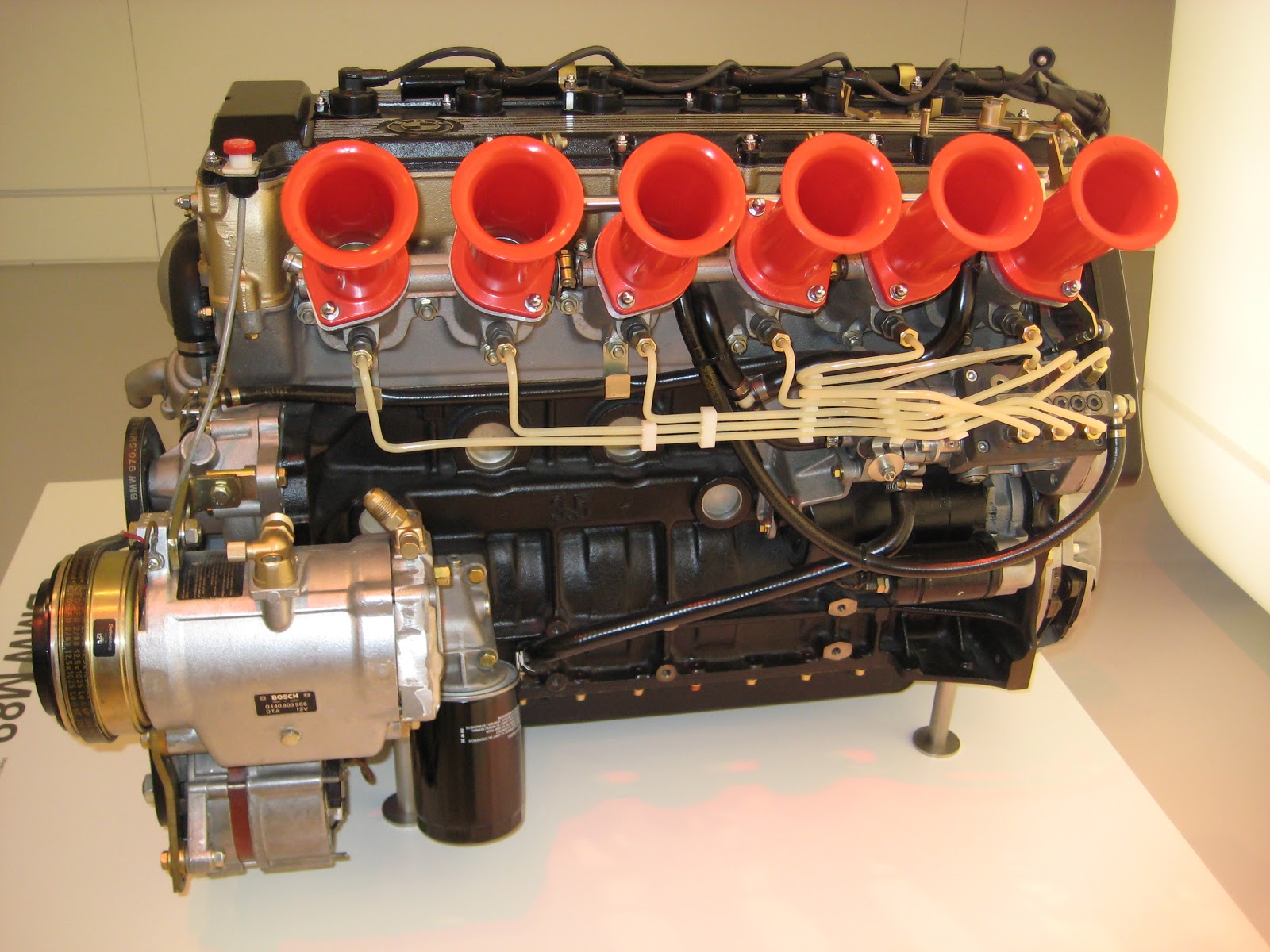
With the M1 being the first car to be developed entirely from BMW's M Division, the engine couldn't be anything less than impressive. The engine powering the M1 is the M88/1.
This engine, designed by Paul Rosche (who also designed BMW's S14 and S70/2 engines), has a capacity of 3.5 litres, is a 6-cylinder in-line engine with Kugelfischer-Bosch mechanical fuel injection and a Magneti-Marelli ignition system.
The engine has 6 intake butterflies (1/cylinder), dual camshafts, with 4 valves/cylinder. Its output is 277 hp and torque is 330 Nm, while the top speed the M1 can reach is 260 km/h. Transmission, is through a 5-speed manual transmission, manufactured by ZF, with a mechanical differential lock, with a 40% locking rate.
Suspension, steering and braking
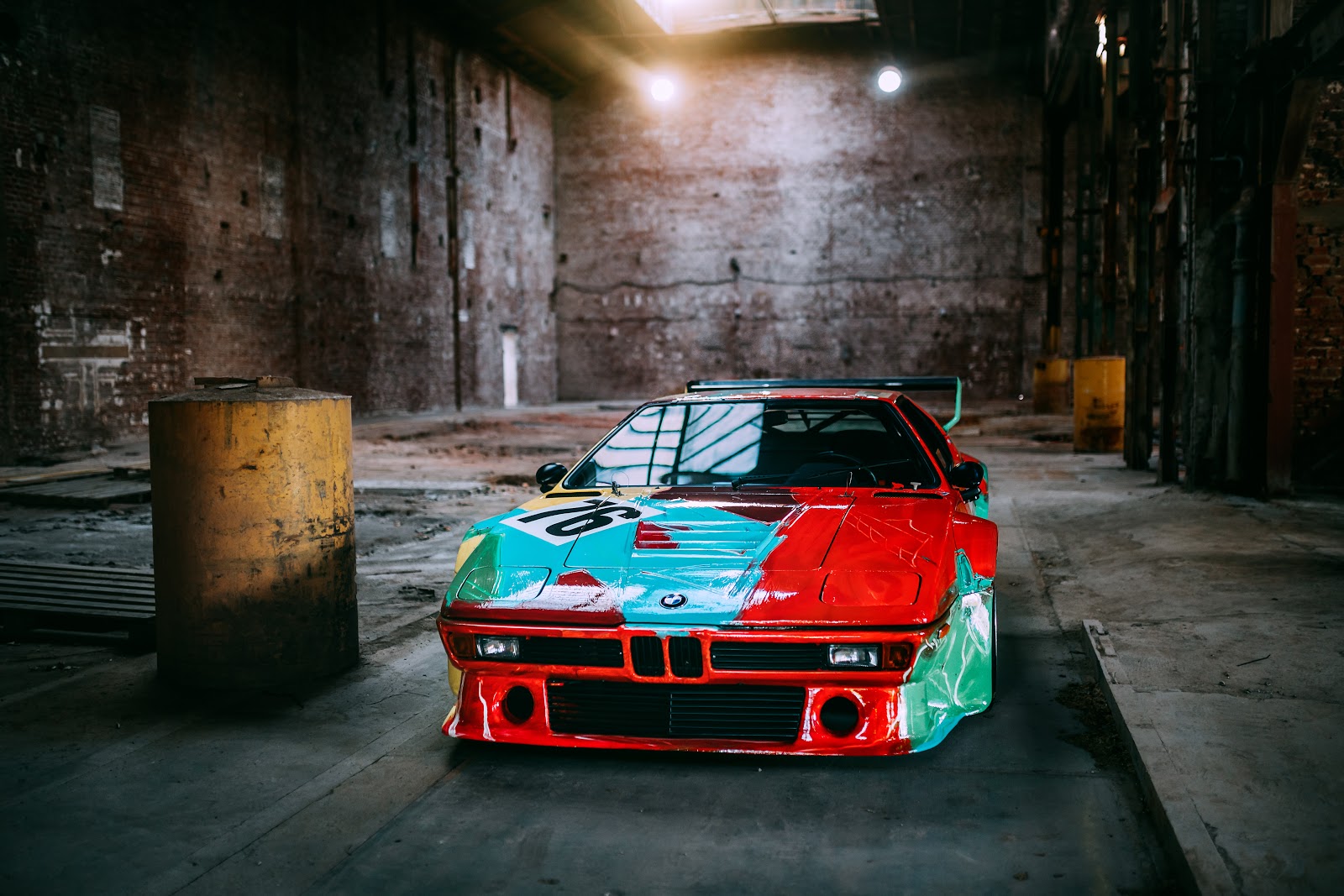
The steering system of the M1 is of rack & pinion design, without hydraulic power steering. Its suspension system has double wishbones with adjustable springs and Bilstein shock absorbers. As you might expect, the road car, has softer cymbals in order to have a softer suspension, which better absorbs any shocks.
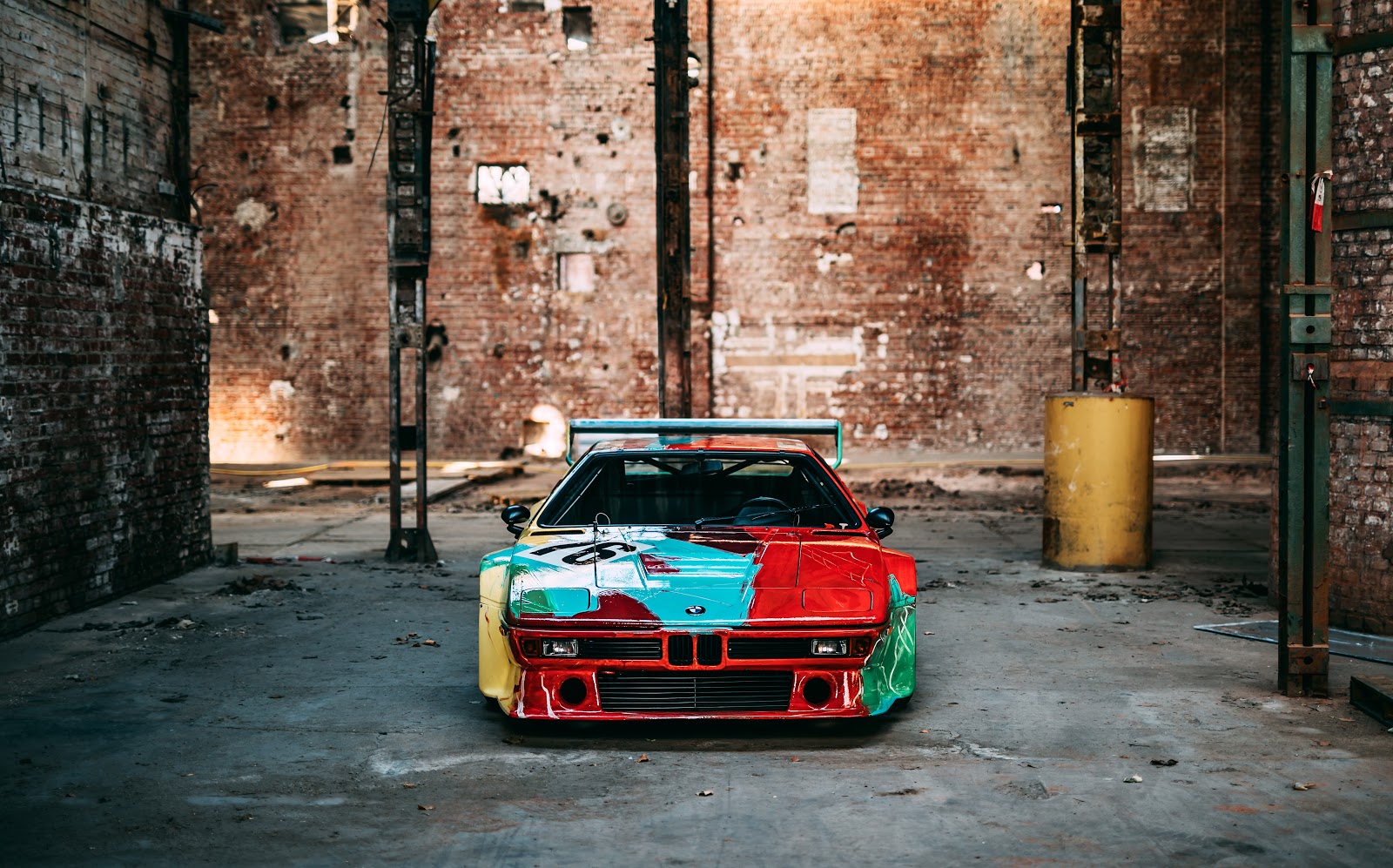
The M1's braking system consists of ventilated disc brakes, measuring 300mm at the front and 297mm at the rear. The wheels are made by Campognolo, measuring 7×16 inches at the front and 8×16 inches at the rear, with factory tyres, then P7 Pirelli.
The M1 cockpit
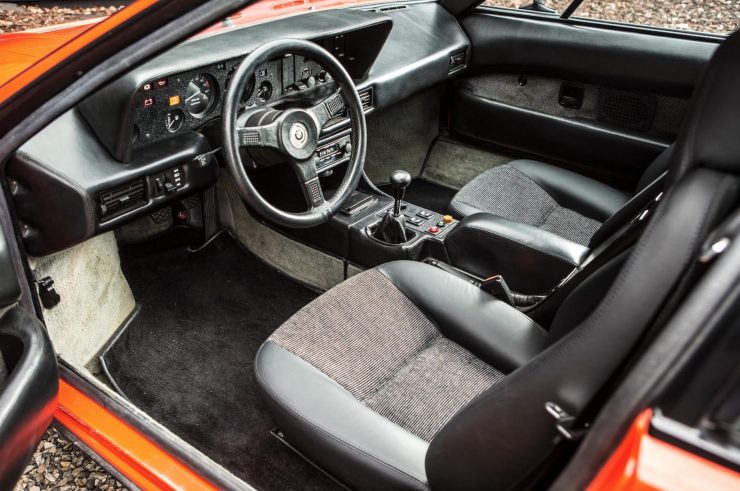
The interior of the M1 is lined with half and half, leather and fabric. Its racing pedigree is evident in its simple design, with only the essential elements present, all from other models of the company.
Among the minimum items were air conditioning, electric windows and a rudimentary stereo-cassette player. The driver's seat was adjustable only in terms of pedal clearance, and the M1 was built exclusively with the steering wheel on the left for all markets.
The crowded logistics of production
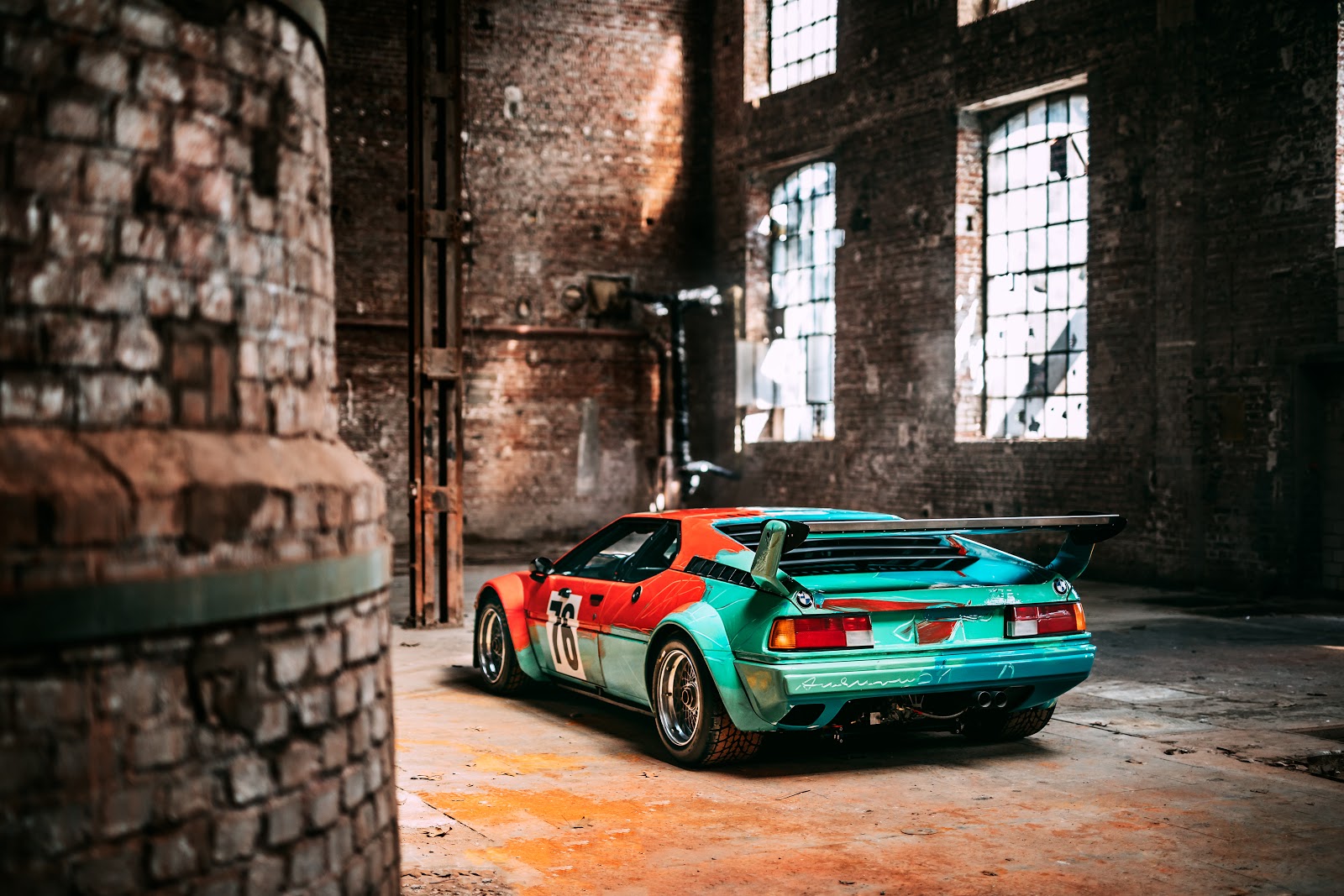
The fiberglass body was manufactured by the Italian company Italina Resina in Modena. The chassis was also made in Modena by Marchesi. The bodywork was completed by Italdesign, together with the interior, in Turin.
The partially completed cars were then sent to the German specialist, Baur, to be assembled by hand. BMW, sent the engine to Baur, who in turn, sent the completed car back to M Division, for final checks and delivery to the customer.
It is worth mentioning that with only 453 cars, 399 road and 53 race cars, the M1 is one of the most rare and limited production models of the company.
The course of the M1 in motorsport
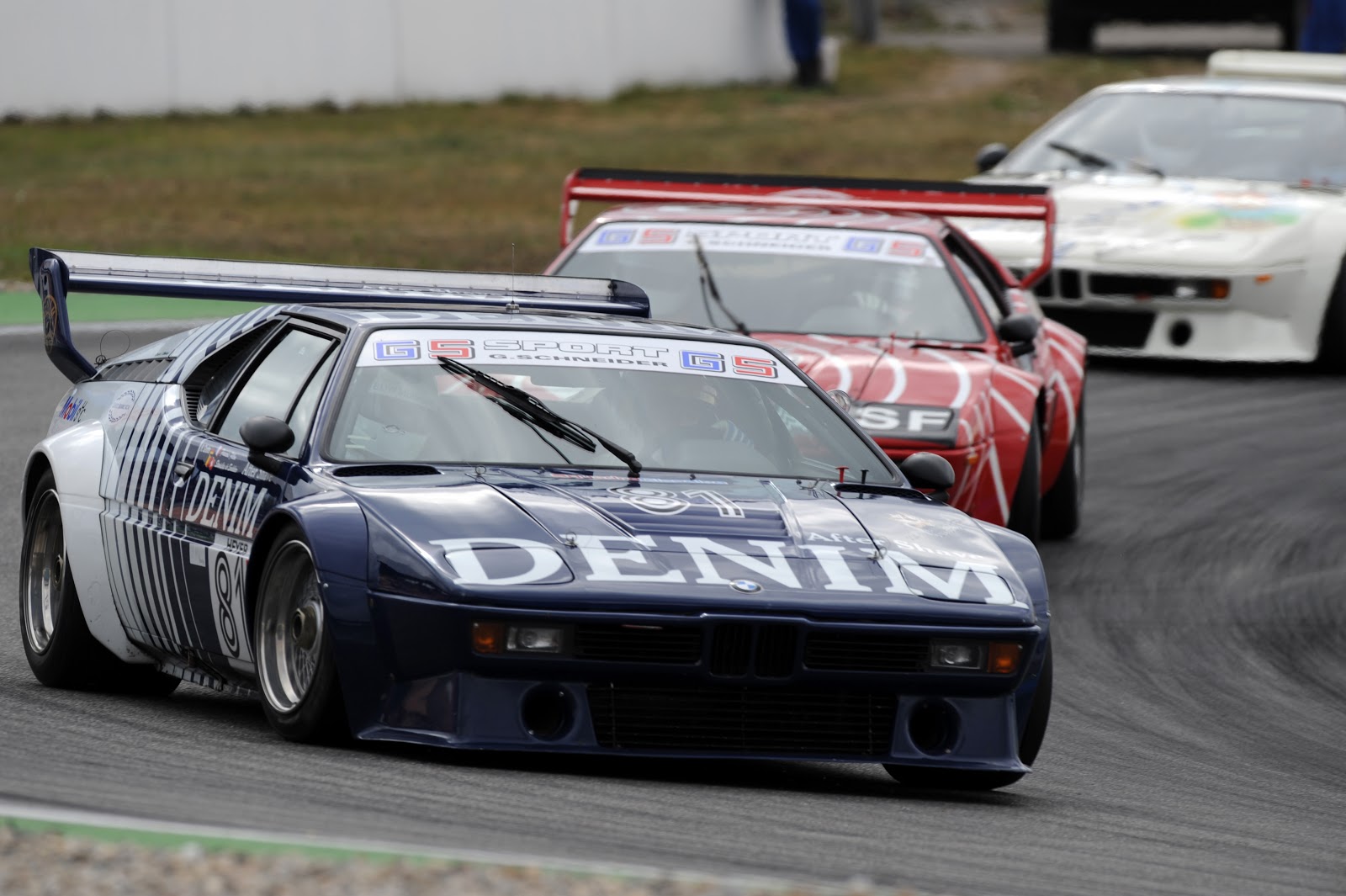
In 1979, the Jochen Neerpasch, in charge of the M Division, created a "one-make" championship involving modified M1 racers. The championship was set up, purely to support BMW financially in their efforts to build the coveted 400 M1s for the road, in order to get homologation of their racing car for the Group 4 category, the "Championship Of Makes". This new event was called the "Procar BMW M1 Championship", which also acted as a supporting institution to that of Formula 1, as many F1 drivers were drivers in participating teams.
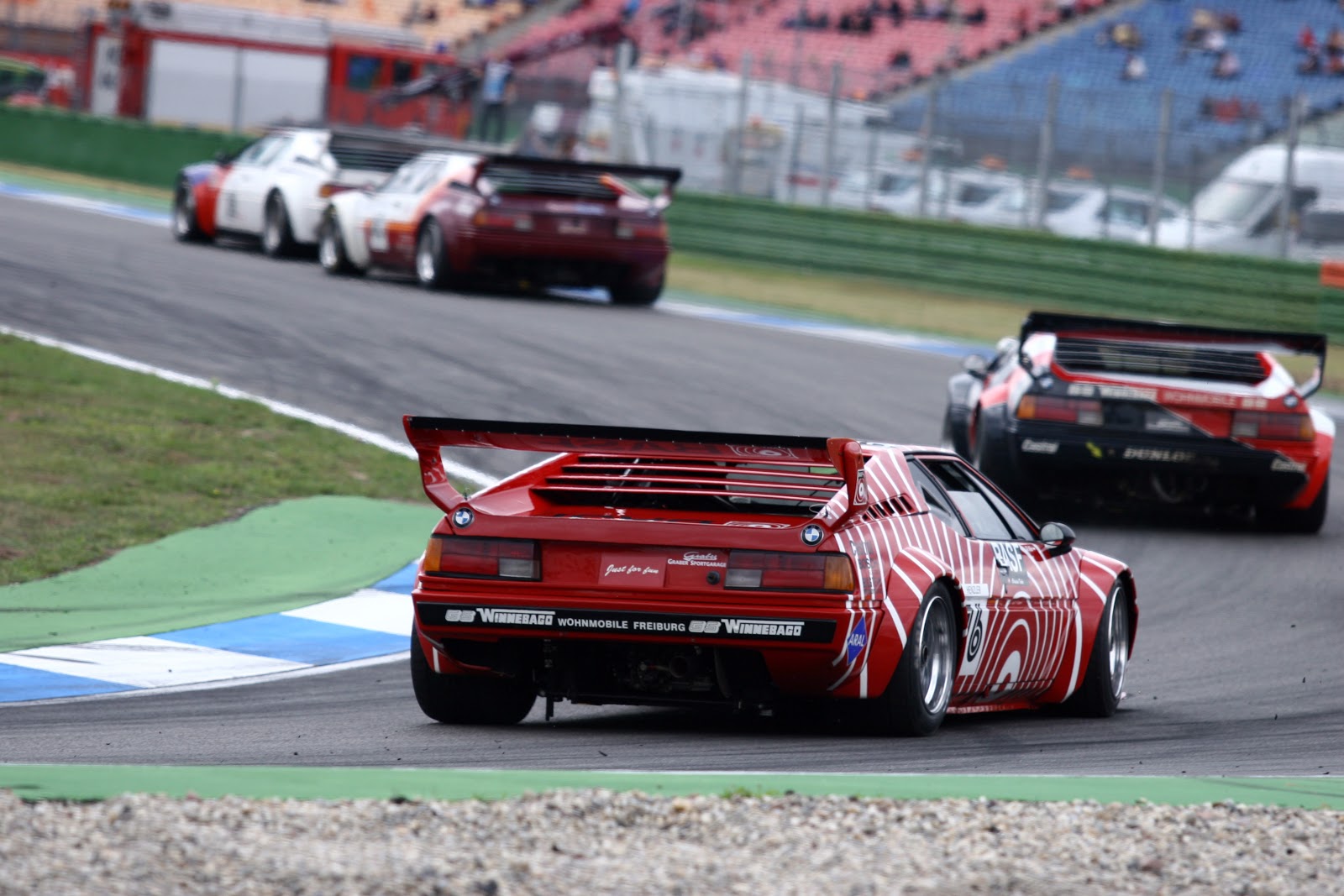
The organization ran for 2 seasons, with the Niki Lauda winning the championship in 1979 and the Nelson Pique in 1980. With BMW now qualifying the M1s for Group 4, the cars were used by various teams in both the World Championship and national level events. The M1 also participated from 1981 to 1986 in the 24 Hours of Le Mans, where it was quite competitive in its Group B class.
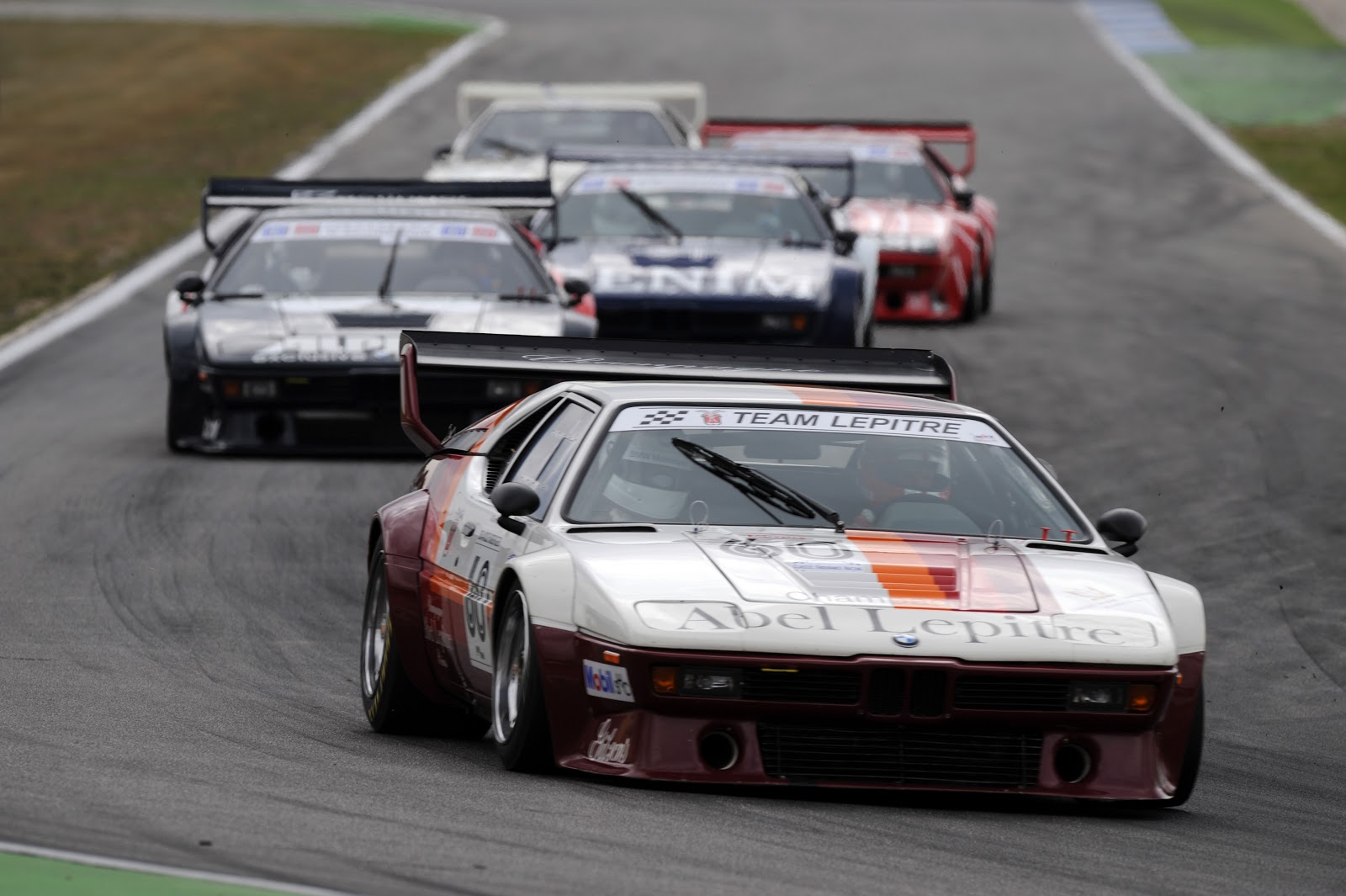
An M1 Pro Car, in fact, was converted into a Group B rally car by BMW France in 1982, with the car participating the following year. In 1984, it raced again in the European Rally Championship, with the Motul team and driven by Bernard Beguin, who has had great successes. This particular racing car, however, was not run again in any subsequent year.
All in all
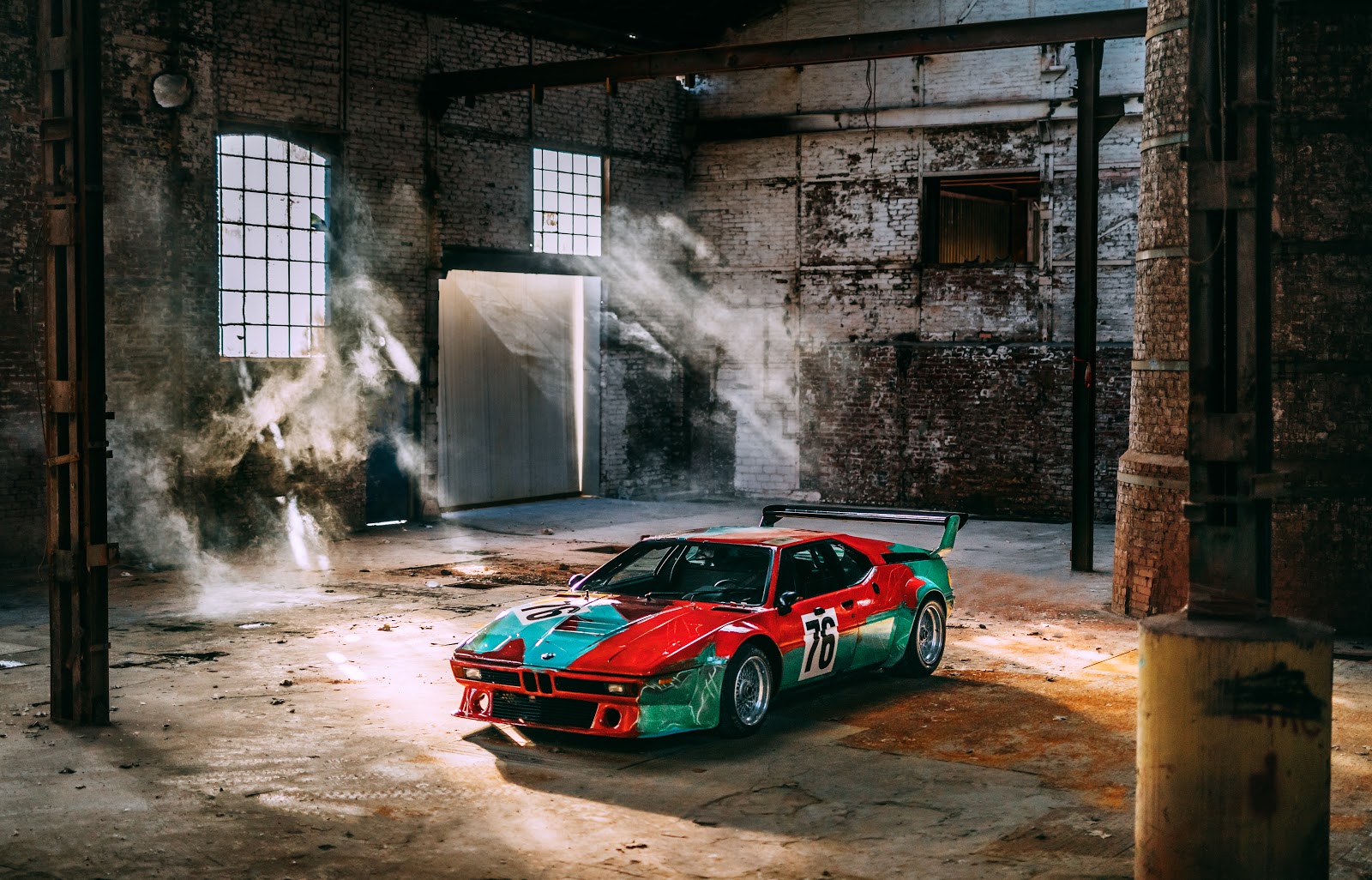
The M1 is one of the most important BMWs, however, it is a car known mainly only to people who lived through its glory days. Then, somehow, it was overshadowed by the more modern, or all time classic, E30 M3, 635CSL and others.
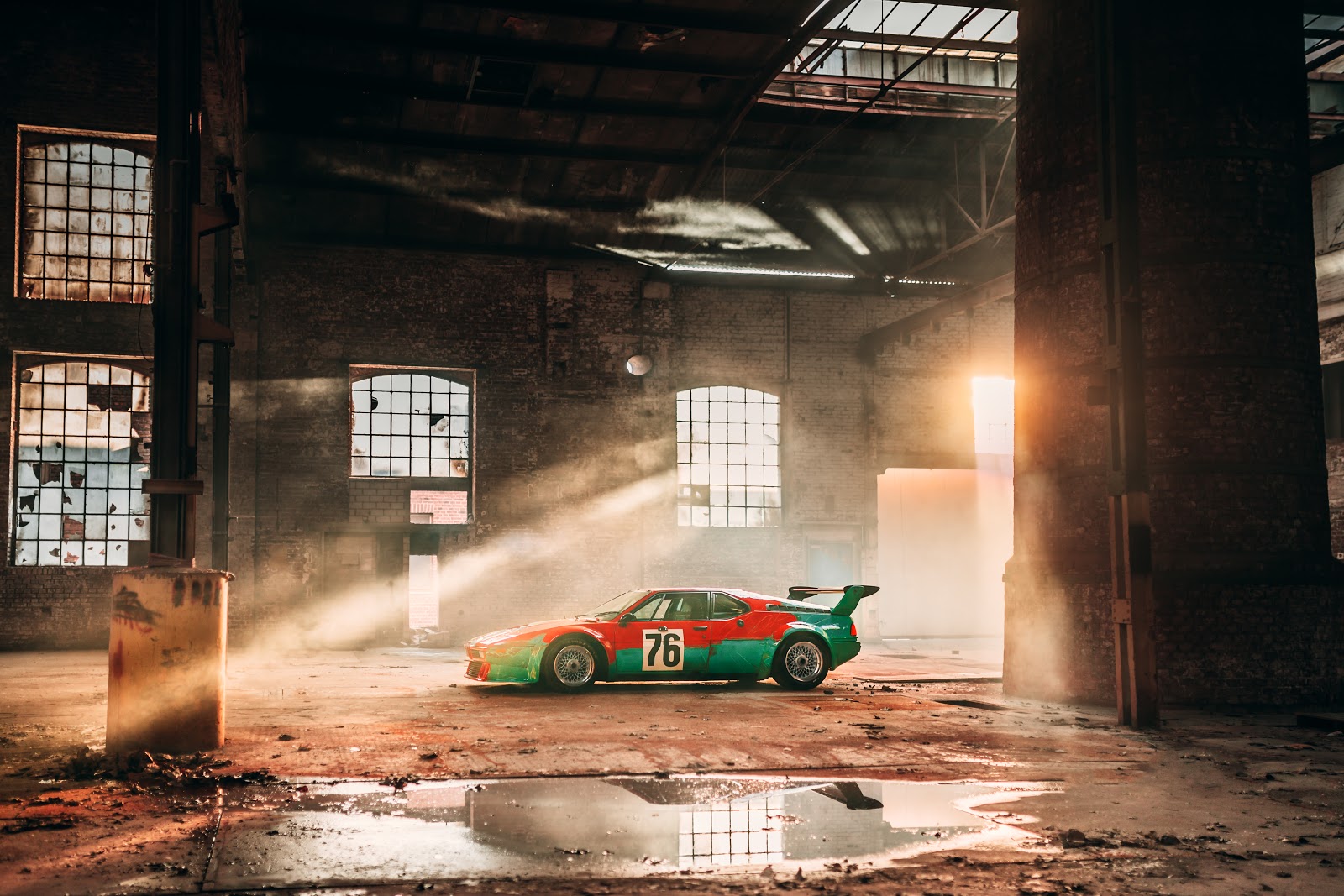
However, I think it is one of the best, despite what is widely believed. You can't have such a remarkable car, with such a successful track record, not be considered one of the best after all. It's the only centre-engine BMW ever built. Lauda once stated that it is "the best driving BMW ever built". If Niki said that, it must mean something.
Photo Copyright : BMW Group Media, unless stated otherwise


